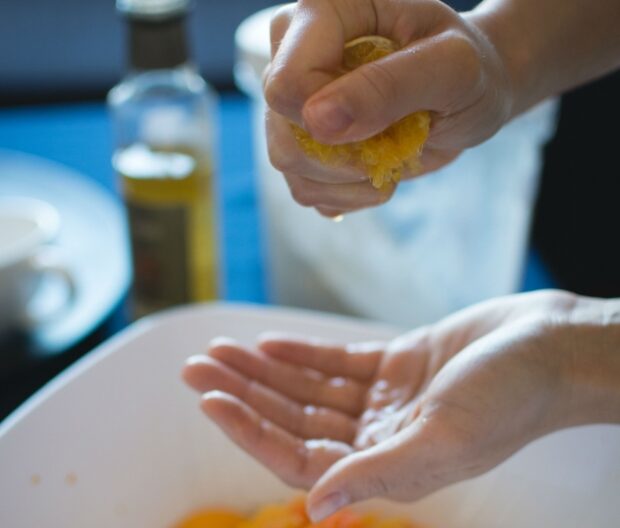Hands are the most exposed part of the body when cleaning the home. However, many people do not take the necessary precautions and sometimes skin disorders or even greater health problems can occur. Helpling, the global leader in on-demand household services, has 5 tips to protect your hands.
More soap, more bacteria. . .
Soap and detergents are curiously great nutrients for bacteria. Rinsing your hands thoroughly is essential to prevent the growth of more bacteria. The results will be similar even if you use more soap, it will just take longer to wash off.
Wearing gloves may be less hygienic than washing your hands
Gloves are friends to your hands, but can become an enemy if not kept clean and dry. They should be changed regularly, at least once a month, to minimize the likelihood of bacterial growth. A good remedy to keep them clean is to let them soak 10-15 minutes in hot water with two tablespoons of vinegar and a little detergent. Then you have to rinse them well and let them dry in a cool place.
Dry hands, the less risky option
Probably the most important aspect of the hand washing process is the drying aspect. A thorough cleaning is of no use if not dried well since wet hands transfer bacteria 500 times faster than dry hands. Disposable towels or paper towels are the most hygienic hand drying methods. Beware of dishcloths, as they tend to stay moist and need frequent washing.
The danger of rings …
It is advised to remove your rings before tasks like washing dishes, both to prevent water from accumulating between the ring and the finger and also to prevent any accidents from happening caused by snagging. When cleaning, hands must be free of any objects.
Hands should be washed with hand soap, not dishwashing soap
Many people in the kitchen tend to wash their hands with dishwashing soap. However, dishwashing soap can have pH levels too strong for your skin, so it is advisable to always use a proper hand soap to protect the lipid mantle of your skin and ensure




